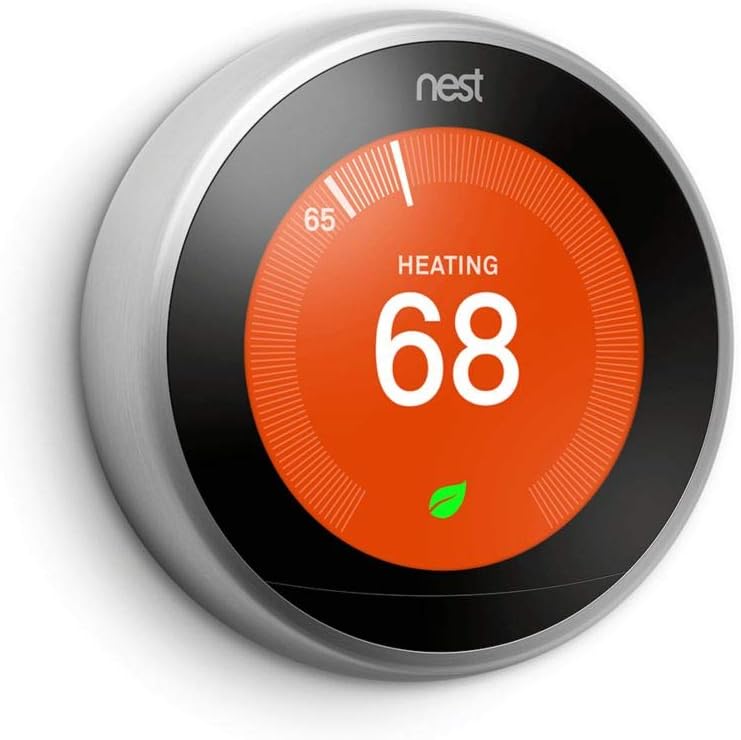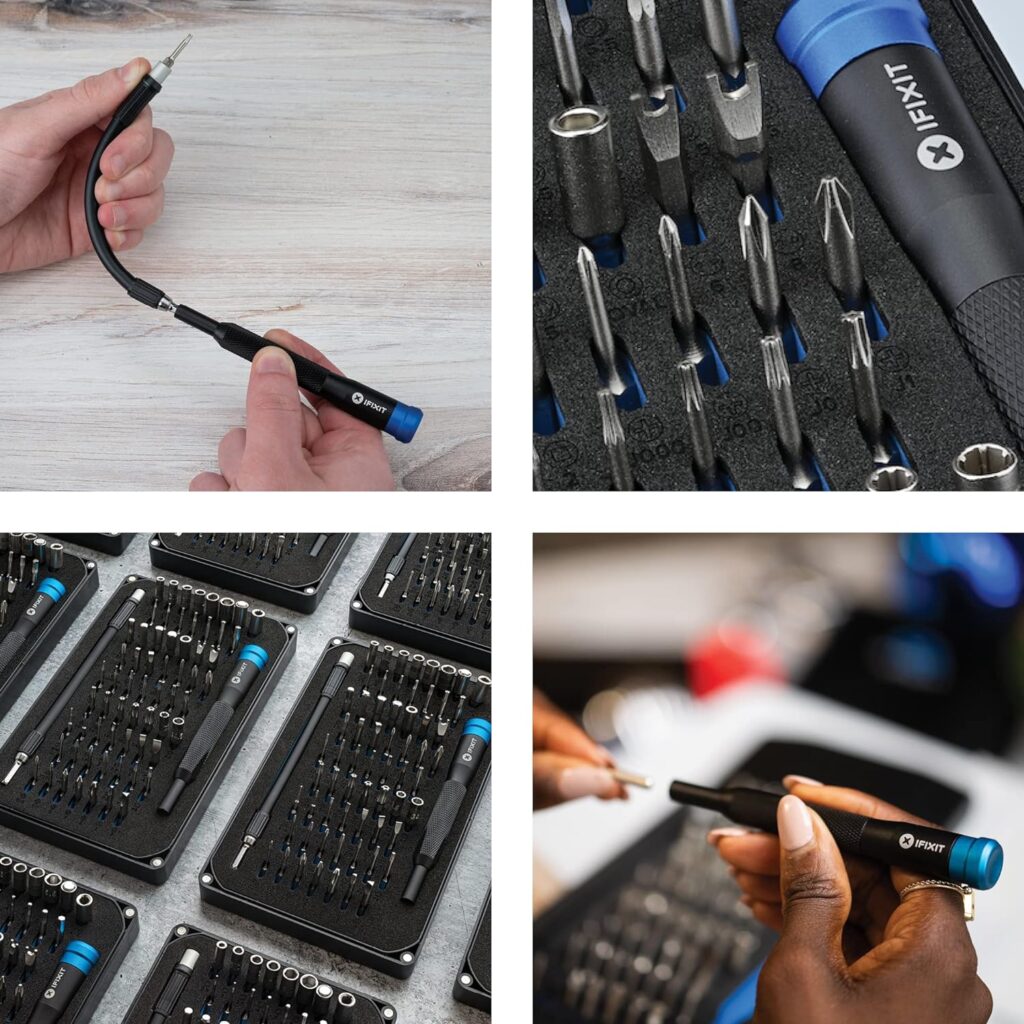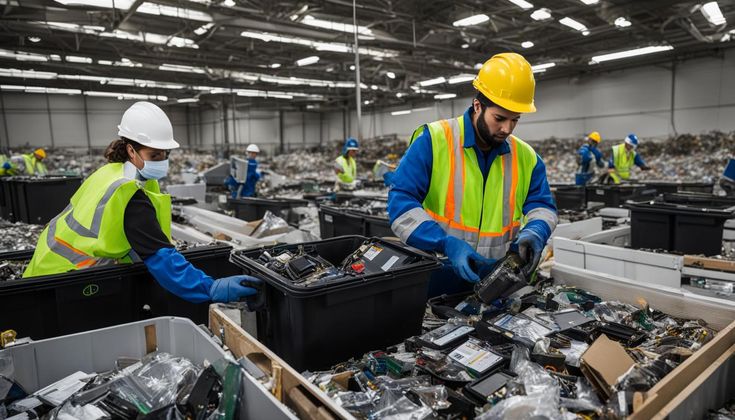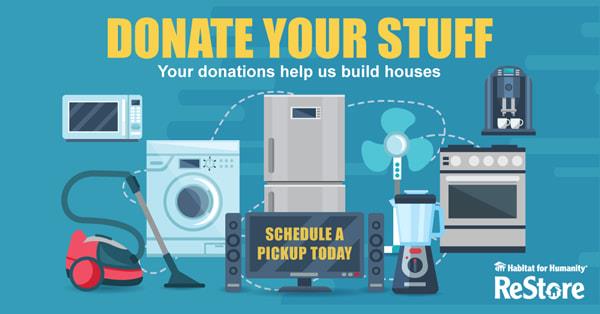Step 1: Choose Energy-Efficient, Long-Lasting Products
Instead of buying devices that will need replacement in a year or two, invest in energy-efficient, durable products that are built to last.
Look for devices with high energy ratings and solid warranties. These not only save you money on electricity bills but also reduce the need for frequent replacements.
For example, the Nest Learning Thermostat is a fantastic option for those wanting an energy-efficient smart home. It adjusts your home’s temperature based on your habits, saving energy and lasting years without replacement. Customers praise its longevity and eco-friendliness, with tens of thousands of positive reviews.

Why It Matters: Choosing long-lasting, energy-efficient products means fewer discarded devices and reduced environmental impact. The fewer replacements you need, the less e-waste you generate.
Step 2: Repair, Don’t Replace
When a smart device malfunctions, our first instinct is often to replace it. But many times, simple repairs can extend the life of your devices, preventing them from ending up in landfills. Repairing gadgets instead of replacing them is a small but impactful way to reduce e-waste.
There are many DIY guides and repair kits available for common issues like screen damage or battery replacements.
This iFixit Repair Kit with over 20,000 glowing reviews offers tools for repairing a variety of devices. Such kits empower consumers to repair their own electronics instead of tossing them out.

Why It Matters: By repairing smart home gadgets yourself or through professional services, you extend their lifespan. This reduces the need for manufacturing new devices and cuts down on the mining of precious materials, which significantly contributes to e-waste.
Step 3: Recycle Responsibly
Even when your devices reach the end of their life, they don’t have to go straight to the landfill. Many components in smart devices can be recycled. Batteries, circuit boards, and metal components are often reusable, and many companies offer recycling programs for their products.
Brands like Amazon and Apple have take-back programs where you can return old devices for recycling. Amazons Second Chance Program helps you find ways to repair, recycle, or donate your smart devices.
Additionally, local e-waste recycling centers are often available, making it easy to drop off your old gadgets for proper disposal.

Why It Matters: Recycling smart devices ensures valuable materials are reused and harmful components are safely disposed of. It reduces the strain on natural resources and prevents toxins from entering the environment.
Step 4: Buy Refurbished or Certified Pre-Owned Devices.
A great way to reduce e-waste while still upgrading your smart home is by purchasing refurbished or certified pre-owned devices. These products have been tested and restored to like-new condition, meaning they offer the same functionality as new gadgets but come with a lower environmental footprint.
Refurbished devices are often more affordable too. Amazon, Bestbuy, & other stores offer a wide range of Certified Refurbished products, including smart plugs, smart speakers, and more.
The Certified Refurbished Echo Show 5, for example, is one of the most popular options for budget-conscious consumers. It boasts thousands of positive reviews and provides the same Alexa-powered experience at a fraction of the price of a new one.

Why It Matters: Buying refurbished products reduces the demand for new devices and prevents older models from becoming e-waste. Plus, you save money while still enjoying the benefits of a smart home.
Step 5: Donate or Sell Old Devices
If your device is still functional but you’re ready for an upgrade, consider donating or selling it instead of throwing it away. Many people are looking for budget-friendly devices, and by selling or donating, you can give your old gadgets a second life.
Websites like eBay or Swappa allow you to sell your used tech, while local non-profits or schools may accept smart devices for educational purposes. Even if the device isn’t functioning perfectly, it could still be valuable for parts or repair.

Why It Matters: When you donate or sell old smart devices, you reduce e-waste by extending the device’s life. It also provides access to smart home technology for those who may not afford new products.
Bonus Tip: Reduce Packaging Waste
Another overlooked aspect of e-waste is the excessive packaging that comes with smart home devices. Whenever possible, look for brands that use eco-friendly or minimal packaging. Amazon’s Frustration-Free Packaging program, for example, minimizes waste and makes recycling easier.
Conclusion: Small Steps, Big Impact
As you can see, reducing e-waste in your smart home doesn’t require drastic changes.
These steps don’t just help the environment—they also save you money and ensure that your smart home is both sustainable and future-proof.
By implementing them, you contribute to a more sustainable future while still enjoying the convenience of a smart home.
Comments are closed